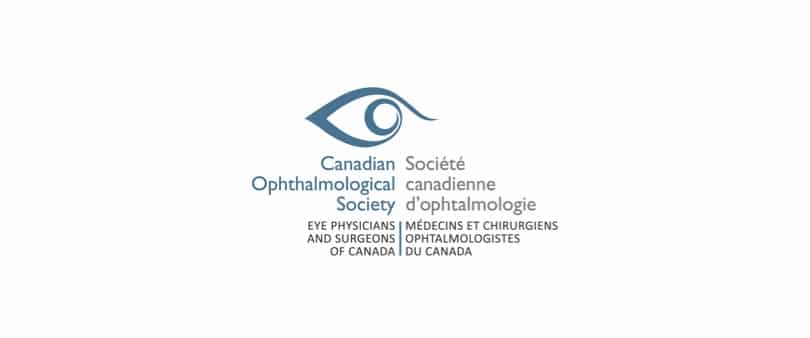Joint Survey Underscores Need for Canadian National Vision Health Strategy
Friday, October 7 2022 | 09 h 21 min | News, Press Release
In time for World Sight Day on October 13, the Canadian Ophthalmological Society and the Canadian Association of Optometrists have collaborated for the first time on a joint access research survey in the field of vision health.
The survey is part of a continued partnership that will support the federal government’s progress toward creating a national vision health strategy, identify gaps in the system and guide interventions in the future in an effort to coordinate and address eye health issues across the country.
While the survey revealed some issues related to eye care access, mostly driven by the pandemic, it also pointed to greater challenges, including a lack of understanding among Canadians about their eye health. Among those who did not visit an eye care professional in more than two years, over one-third (37%) of respondents say the biggest reason is because they believe that there is nothing wrong with their vision. Meanwhile, in the past two years, two in five (41%) Canadians have experienced or been diagnosed with one or more changes to their eye health which would necessitate a comprehensive exam, and points to a greater need for education about eye disease and vision loss.
“Despite blindness being the most feared disability for the large majority of Canadians, we’re seeing a persistent lack of education about eye health, specifically around the major eye diseases which increase the risk of blindness without proper intervention,” says Dr. Phil Hooper, President of the Canadian Ophthalmological Society. “Vision loss carries significant costs on an individual level, but also to the public health purse. However, 75% of visual impairment is avoidable if detected and treated early, while reducing government spending in the long run.”
Canadians’ familiarity with eye diseases
The survey findings reveal that Canadians need more education and awareness of eye health and eye diseases, to fully understand the importance of regular, comprehensive exams.
When it comes to Canadians’ knowledge on the leading eye diseases, their awareness remains unchanged from last year’s survey conducted by the Canadian Ophthalmological Society. Most are familiar (62%) with cataracts, yet only one-quarter (27%) of Canadians know that cataracts are the leading cause of blindness in the country. Less than half (47%) are familiar with glaucoma (this number decreases to 37% for younger Canadians aged 18-34). Meanwhile, only 39% are familiar with age-related macular degeneration (AMD) which is the second leading cause of blindness, affecting nearly 2 million Canadians. Fewer are aware of diabetic retinopathy (22%) and contact lens-associated dry eye disease (26%).
The survey findings underscore a critical need to create a National Vision Health Desk at the Public Health Agency of Canada that will develop and implement a National Vision Strategy. Last June the Honourable Judy Sgro, Member of Parliament for Humber River – Black Creek, introduced a Private Member’s Bill, “An Act to establish a national strategy for eye care”.
The Vision Heath Desk would be responsible for the development and implementation of an evidence-based vision strategy that includes increased research funding, funding for public education and support, streamlining the approval process for new medicine and technology to treat/prevent vision loss, enhanced access to care for vulnerable populations, including Indigenous peoples, children, and seniors.
Click HERE for the full press release.








